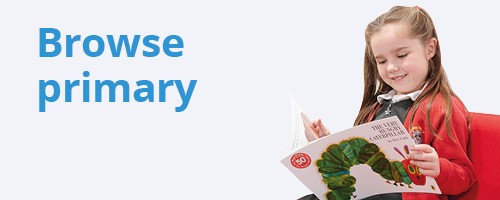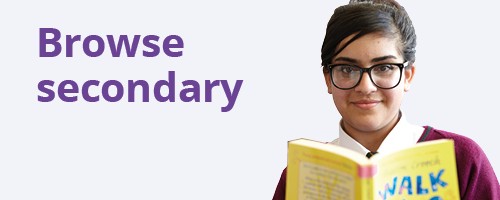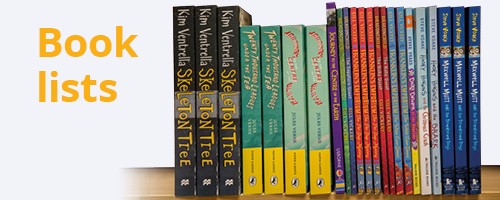Schools please note: due to the summer holidays we will automatically hold all school books and furniture orders due between Wednesday 16 July and Monday 1 September 2025. Delivery will resume from Tuesday 2 September 2025. If your school remains open for deliveries during the summer and you would like to receive your order during this time, please get in touch in advance by calling 0121 666 6646 or emailing hello@peters.co.uk.
For help, advice and telephone ordering call our team on 0121 666 6646
Are you sure you wish to delete this basket?()
This action cannot be undone.
Sorry, something went wrong
Please report the problem here.
Teacher advice: supporting secondary students with ADHD

October 14th 2024
Children with ADHD often have difficulties keeping focussed, following instructions, creating social connections, and personal organisation, including homework. This can have a big impact on their access to education, their feelings about school and their behaviour in school.
Children's Book Specialist Natalie shares some ideas to give extra support to pupils with ADHD to improve their educational outcomes.
 |
Natalie | Children's Book Specialist Natalie joined Peters after working with Upper KS2 and KS3 children as a school librarian. Prior to this, she completed an MSc in Information and Library Management and worked at the University of Birmingham’s library for over 10 years. As part of our review team, Natalie has access to the full breadth of the children’s book market from K1 books to K3 books and above, and reads everything from picture books to older teen fiction. In her downtime, she enjoys reading mysteries and light popular fiction. |
Keeping focussed
Pupils with ADHD are often easily distracted and may find it difficult to concentrate for long periods of time.

-
Consider where they are seated and try to select seats with fewer visual distractions – away from windows and doors and with less distractions for students.
-
Look at your classroom environment. Are the displays distracting? Are there buzzing lights or heaters? Reducing the visual or aural overwhelm can make for a calmer classroom
-
Establish regular routines and rituals in the classroom so that pupils know what to expect when they arrive to lessons and how you want them to act when they are in the classroom
-
Try and include a variety of activities – pupils with ADHD often thrive with practical tasks and this is likely to appeal to other pupils too.
-
Using a computer is often very helpful to pupils with ADHD as class attention is focused on screens, it is a multi-sensory experience and adds to the variety of activities and the pupil is in control and can work at their own pace whilst receiving impersonal feedback from the program.
-
Give pupils opportunities to walk around the classroom e.g. deliver books, write on the board and be active in a controlled way
Following instructions
Having ADHD may make it difficult to follow instructions, especially when several tasks are presented in a list, and even more so if they have to be done in order.
-
Provide a brief outline of the lesson at the beginning, with a beginning, middle and end
-
Begin with a simple overview of what you want them to achieve and then the steps they should follow to accomplish the task
-
Use colours, mnemonics, visual timelines of tasks (Gantt charts) to assess progression through lessons or tasks
-
Break tasks into smaller chunks and present only one or two activities per page so it is not as overwhelming.
-
Give instructions in short and simple sentences – don’t compound instructions
-
Avoid unnecessary pictures or visual stimuli. Screen audio-visual aids to be sure that distractions are kept to a minimum. Ensure pictures and sounds relate directly to the material to be learned.
-
Instead of saying ‘get on with your work’ remind them specifically with what they should be doing.
"Taking steps to support pupils with ADHD is likely to benefit all pupils in the classroom." |
Personal organisation and homework
-
Consider if the amount of homework can be reduced or even eliminated. If it is necessary, can it be reduced to one-word answers?
-
Set up a homework club so pupils can complete homework during the school day, where there are fewer distractions
-
Don’t give more than one assignment at a time and ensure that the task is clearly outlined
-
Teach pupils how to adapt worksheets e.g. to fold their worksheet or cover it to reveal only one question at a time so it is less overwhelming and there are fewer distractions.
-
Provide a checklist of mistakes frequently made in written assignments or Maths. Encourage the pupil to use this list when proofreading their work at home and at school.
-
Set up a reward scheme, with incentives tied to achievable short-term targets e.g. sitting still for a short period of time or completing one task towards a larger project.
Creating social connections
|
Further resources:
Teaching and managing students with ADHD - Shire
Neurodiversity (ADHD and Autism) guide for teachers - NHS
Education for mental health toolkit (inclusivity ADHD) - Advance HE
Recommended reading books for SEND pupils
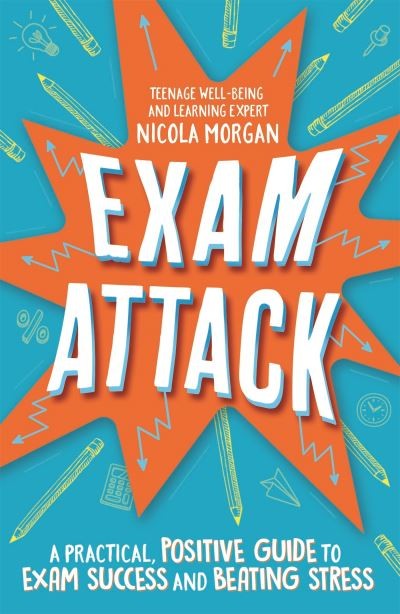 |
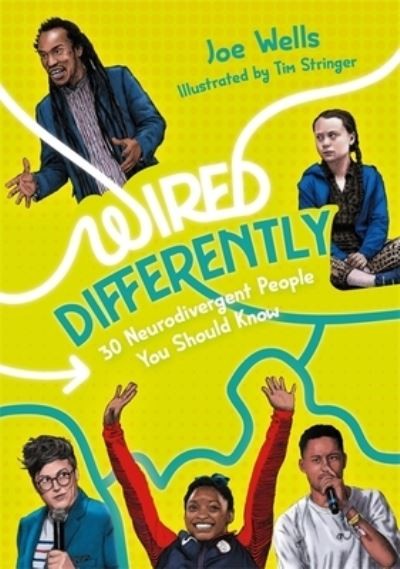 |
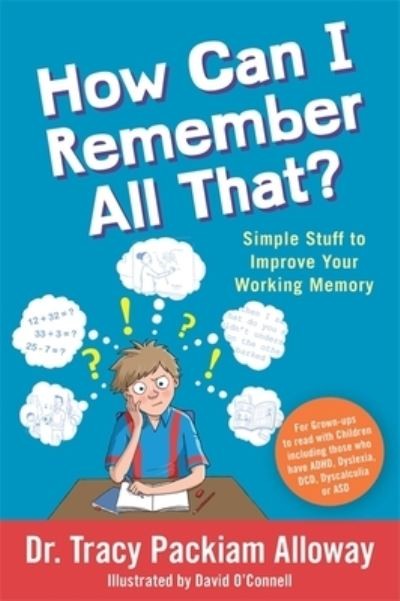 |
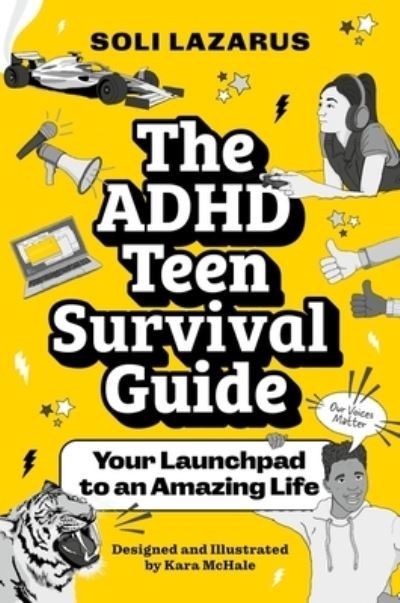 |
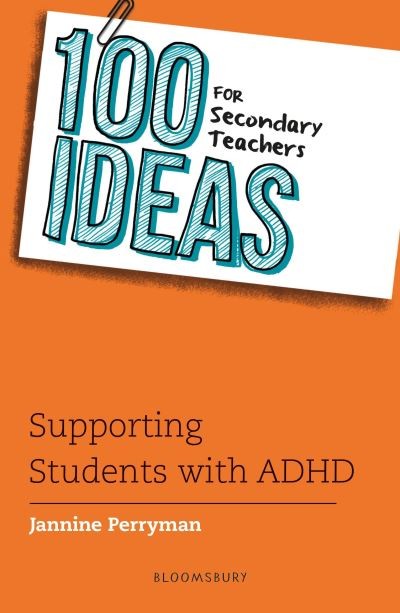 |
Need help? Get in touch with usIf you're looking to build a collection of books for topics to support students with ADHD, our team of Children's Book Specialists and Librarians can help you. Learn more about bespoke selections, or contact us to receive book advice and selection support. |
|
|
Read next:10 ways to make your library more accessible to neurodivergent students |
|
 |

